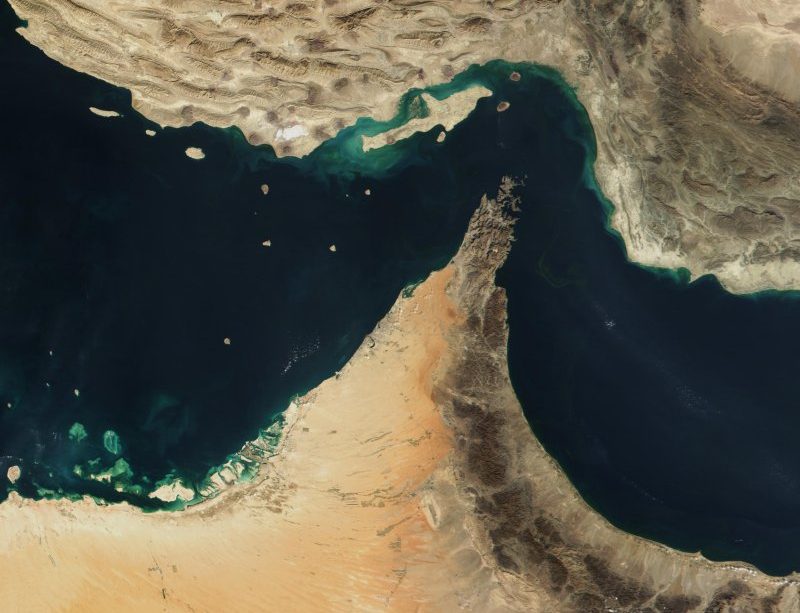Understanding the Importance of the Strait of Hormuz

Introduction
The Strait of Hormuz, a narrow passage located between Oman and Iran, acts as a critical juncture for global oil transportation. Approximately 20% of the world’s petroleum passes through this strait, making it vital not only for oil-importing countries but also for maintaining global economic stability. Increased geopolitical tensions in the region often spark fears about the security of this valuable trade route, highlighting its ongoing significance in international relations.
Geopolitical Significance
The Strait of Hormuz is a contentious area, often highlighted in discussions related to the Middle East’s geopolitical landscape. Countries such as Iran have expressed intentions to control the region, while the U.S. and its allies emphasize the need for freedom of navigation. Recent events, including military exercises and naval confrontations, have underscored the necessity of safeguarding this corridor.
In January 2023, a series of naval encounters sparked international concerns, prompting the United States to enhance its military presence in the Persian Gulf. Analysts noted that any disruption in the Strait of Hormuz results in immediate global ramifications, including fluctuations in oil prices and concerns over supply security.
Economic Impact
According to the International Energy Agency (IEA), a significant escalation in tensions around the Strait of Hormuz could lead to an increase in oil prices by nearly 50%. Such price surges can have a ripple effect on the global economy, affecting inflation rates, consumer goods pricing, and overall economic growth. Major economies, particularly those heavily reliant on oil imports, remain vigilant about potential disruptions.
Future Outlook
Given the strait’s strategic importance, it is expected that tensions in the region will continue. Ongoing diplomatic efforts aim to establish a more secure environment, reducing the likelihood of military confrontations. Moreover, as alternative energy sources become more prevalent, the long-term importance of the Strait of Hormuz may evolve, although its significance in current global trade remains unchallenged. Monitoring developments in this region is crucial for businesses, policymakers, and consumers alike, as changes can impact oil availability and pricing worldwide.
Conclusion
The Strait of Hormuz is not just a geographical feature but an essential global trade route. The interplay of geopolitical strategies and economic dependencies makes it a focal point for international relations. Stakeholders in the global economy must remain attentive to conditions surrounding the strait, reflecting its undeniable impact on the world’s energy landscape.









